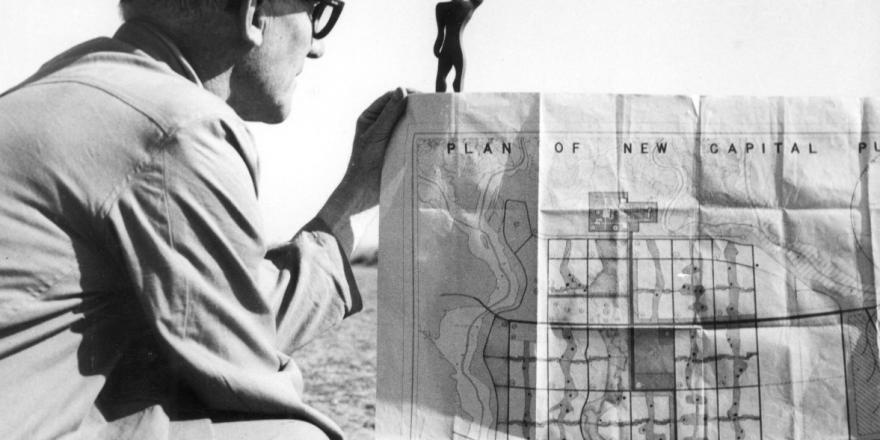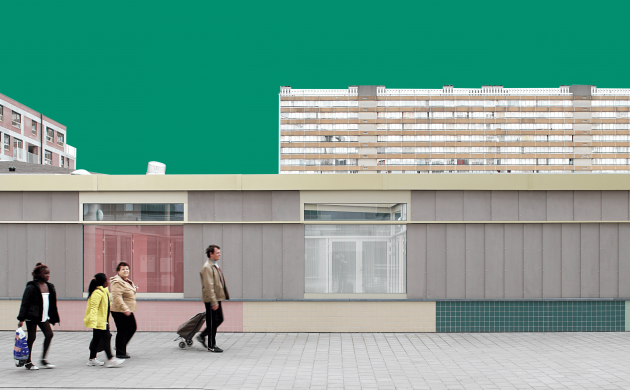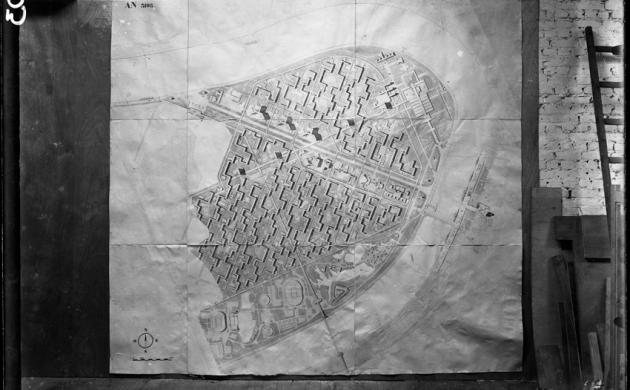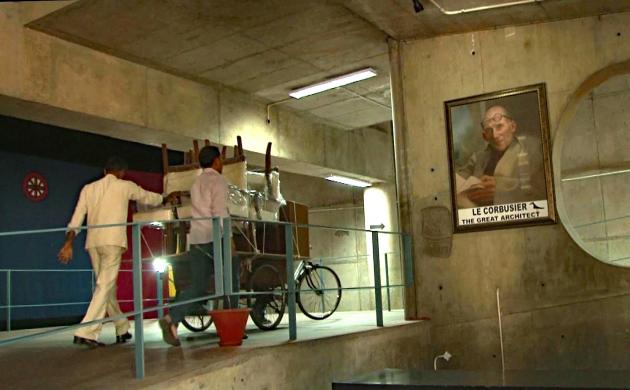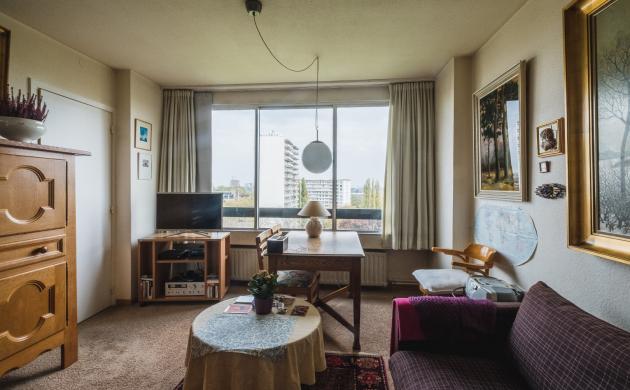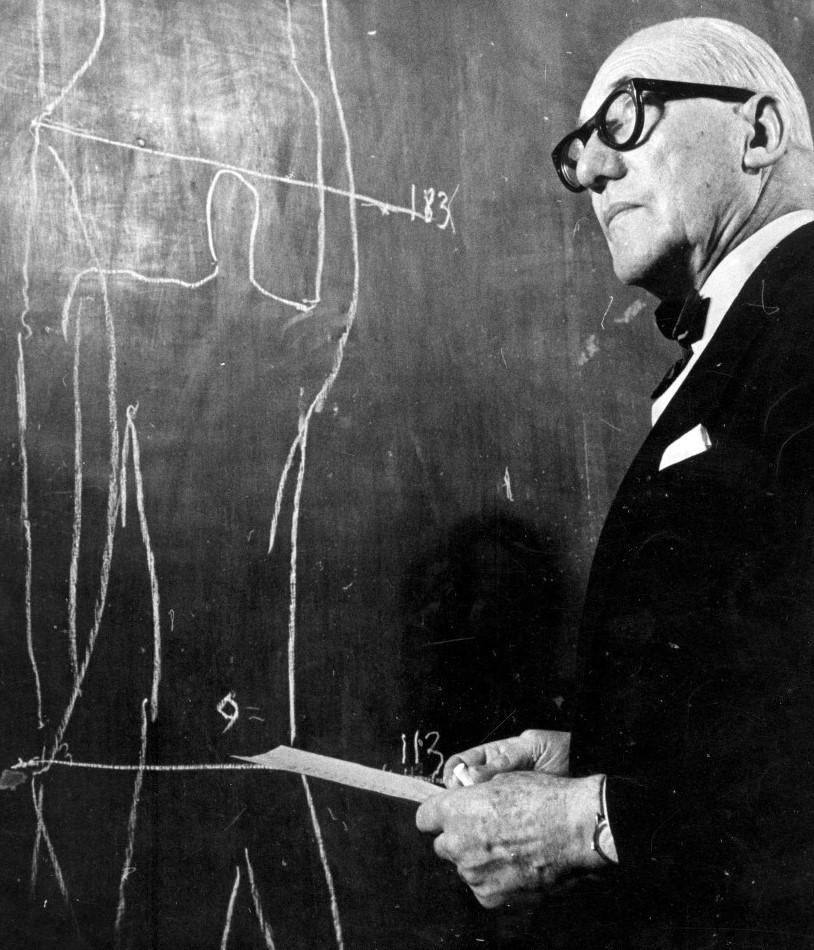
In 1920, he began working in his architecture studio in Paris and from the 1930s onwards he began to focus more on urban planning: the city became his playground. In 1933, he attended the fourth CIAM congress (Congrès International d’Architecture Moderne) in Athens, where the theme was 'the functional city’. In the same year, he participated in the international competition to design Linkeroever in Antwerp.
Two years later, in 1935, he published his ideal city, ‘La Ville Radieuse’, the radiant city. The publication was a denunciation of the 19th century city, which he believed to be inhumane: cities with narrow streets, dark houses and a lack of hygiene. In his ‘Ville Radieuse’, people would live in an ordered, functional city with lots of green spaces. The theoretical model received much criticism, partially because it would result in the demolition of the historic city centre. ‘La Ville Radieuse’ formed the basis for his designs for Linkeroever and Chandigarh.
He also designed Maison Guiette in Antwerp, a house with a studio for the painter René Guiette. It's the only building by Le Corbusier in Belgium that still stands. The house is a protected building and was added to the UNESCO World Heritage List in 2016.
In 1965, Le Corbusier died from a stroke in Roquebrune-Cap-Martin while swimming in the Mediterranean Sea. He was 77.


